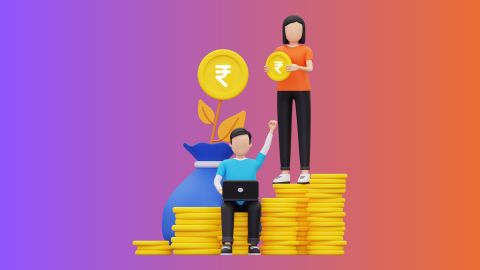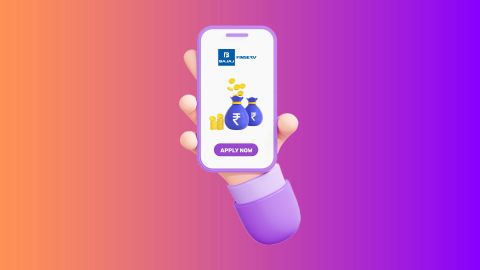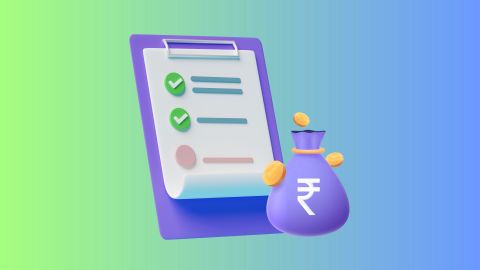In the realm of personal finance, unexpected situations can frequently disrupt one's ability to meet financial obligations, including those related to a personal loan. Whether due to job loss, medical emergencies, or other unforeseen events, individuals may encounter difficulties in making timely loan payments. In such circumstances, the forbearance period emerges as a crucial lifeline, offering temporary relief and flexibility to borrowers.
What is forbearance?
Forbearance is a financial arrangement that provides individuals facing economic hardships with temporary relief from meeting their business loan, persona loan, or any loan repayment obligations. Essentially, it serves as a lifeline during challenging times, allowing borrowers to pause or reduce their payments without defaulting on their loans. This mechanism becomes particularly valuable when unexpected events, like job loss, medical emergencies, or other financial setbacks, make it challenging for individuals to fulfil their financial commitments. Forbearance is not exclusive to any loan type and can apply to various financial arrangements, including mortgages, student loans, and personal loans; however, it depends on the lender’s policies.
How does it work?
During forbearance, in the context of personal loans, lenders agree to temporarily suspend or reduce the borrower's monthly payments for a predefined period. This alleviates immediate financial stress and prevents the borrower from facing the consequences of default, such as late fees or penalties. It also prevents potential damage to your credit score, which is one of the crucial criteria for personal loan eligibility.
It is important to note that forbearance is not forgiveness; the borrower, especially one using a personal loan, remains obligated to repay the loan. However, it provides a crucial breathing space, allowing the individual to regain their financial footing without the immediate pressure of meeting regular payment deadlines.
How to apply for forbearance?
Forbearance can provide temporary relief if you are facing financial hardship. Here’s how to apply:
- Contact your lender: Reach out to your loan servicer to discuss your situation.
- Check eligibility: Provide documentation of your financial difficulty.
- Complete the application: Submit necessary forms as requested.
- Confirm the terms: Ensure you understand the duration and repayment plan for the forbearance period.
Timely communication and proper documentation can smoothen the application process.
Forbearance pros and cons
Forbearance can be beneficial but comes with certain drawbacks.
Pros |
Cons |
Temporary payment relief |
Interest may accrue during the forbearance |
Prevents default and credit damage |
Extended repayment period |
Time to regain financial stability |
Potential eligibility impact for new loans |
What happens after forbearance ends?
Once the forbearance period concludes, borrowers must resume regular payments. Depending on the agreement, missed payments may be due as a lump sum or spread across future instalments. Lenders may offer repayment plans to ease the transition.
If payments resume immediately, ensure your budget accommodates the added financial responsibility. Some lenders allow extended repayment plans or a loan modification to help manage post-forbearance debt. Timely communication with your lender about repayment options ensures a smoother experience.
Failure to meet repayment obligations after forbearance can result in penalties, negatively impacting your credit score.
Will forbearance affect your credit rating?
While the forbearance assistance itself doesn’t directly lower your credit score, its impact depends on lender reporting practices. Lenders typically report accounts in forbearance as current, preventing immediate credit damage. However, missed payments before requesting forbearance may already affect your score.
Additionally, the loan’s overall repayment term may extend, influencing creditworthiness over time. Maintaining good financial habits, even during forbearance, helps protect your credit rating.
Will forbearance affect refinancing?
Forbearance can affect your ability to refinance loans. Many lenders require a history of on-time payments to qualify for refinancing. If you’re considering refinancing after forbearance, be aware of lender-specific requirements.
Learn more about loan refinance options to make informed decisions.
How do I get out of forbearance?
To exit forbearance:
- Contact your lender to confirm the end of forbearance
- Resume regular payments as agreed.
- Explore repayment plans or loan modification if needed.
Clear communication and proactive planning are key to a smooth transition.
Forbearance terms can vary, and borrowers need to communicate openly with their lenders to negotiate mutually agreeable terms. While some forbearance agreements may involve a complete suspension of payments, others might allow reduced payments or interest-only payments on personal loans during the forbearance period. Borrowers should also be aware that interest may continue to accrue during forbearance, potentially increasing the overall repayment amount. It is advisable to use the online EMI calculator, compute the overall repayments beforehand, and plan the forbearance journey accordingly.
Conclusion
In summary, forbearance is a financial tool designed to offer temporary relief to individuals facing financial hardships, even those who have borrowed an online personal loan.It reflects a collaborative approach between borrowers and lenders, allowing both parties to navigate challenging circumstances with understanding and flexibility. By providing a temporary respite from loan payments, forbearance helps maintain financial stability and fosters a more resilient financial landscape for individuals facing unexpected economic challenges. Remember to check the lender’s loan terms before considering the forbearance option.




